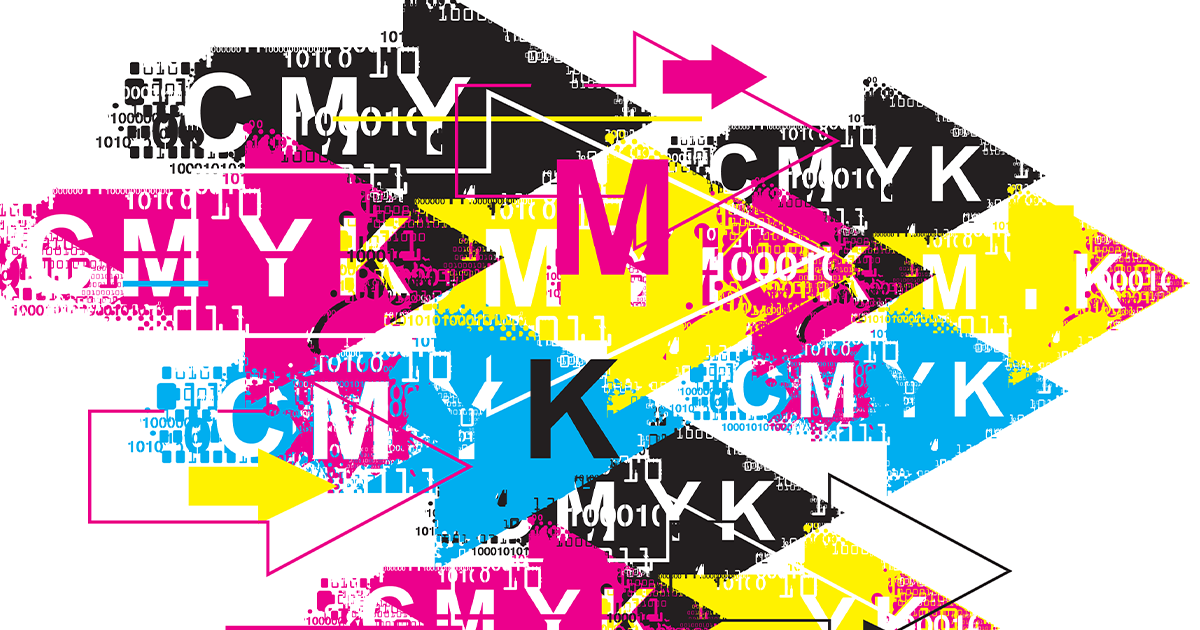Customers want brands that offer personalized experiences tailored to their preferences, not mass market communications. In fact, 78% of respondents in a recent survey agreed that receiving personalized communications will make them more likely to repurchase a brand.
In recent years, one size fits all marketing strategies have seen dwindling consumer response rates. That’s why it’s important to decide upfront, how you will cater to your customers and give them the personalized experience they want.
In this article, we’ll learn about using variable data printing to capture the interest of your customers. Here’s the topics we will cover:
RELATED: A Guide to the Best Printers for Different Types of Marketing Materials
What Is Variable Data Printing?
Variable Data Printing (VDP) gives your customers the interactive experiences they crave. VDP is a type of on-demand printing that includes interchangeable elements – personalized for a targeted, individual, consumer experience. These elements can include personalized text messages, graphics, images, colors, fonts, etc. VDP creates personalized, printed materials without stopping or slowing down the printing machine.
VDP brings versatility to print by creating a conversation with your customer. It invokes empathy as you enable them to create their own experiences while interacting with your brand. And the amount of personalization you use – is scalable. VDP assists in delivering choices tailored to your customer without overwhelming them.
How Variable Data Printing Works
Software attached to the front-end of the printer creates parameters and uses your customer database or a data spreadsheet to automatically apply personalized information into the selected areas of your designed template.
Each area that you designate for VDP use can have the personalized message, offer or visuals that will appeal to your individual customer or targeted micro-market. While personalized, these printed pieces can still be part of the same print run. Saving you time and money.
When to Use Variable Data Printing
VDP is a cost-effective way to engage with your customers and strengthen relationships. The results will guide your business toward better customer retention and provide insight into emerging markets.
That’s why the most common use of VDP is direct mail marketing campaigns.
Did you know that direct mail has a median return on investment of 29%? And those results could be even higher when coupled with other marketing strategies such as email or social media.
Direct mail comes in many forms, including:
- Postcards
- Letters
- Invitations
- Catalogs
- Brochures
- Booklets
- Bills/invoices
- Bank statements
But that’s not all. While direct mail is the most popular use of VDP, it can be used to interact with your customers at a variety of points during their purchasing journey – not just at the mailbox.
Examples of Variable Data Printing
The design possibilities for VDP printed materials are endless! That’s why we asked the Gordon Flesch Company Business Analyst Team for some of their expert advice. This group tackles problematic printing puzzles as they assist clients throughout their service contract lifecycle. Our Business Analysts ask questions and dig deep to really understand what a client is looking to do, how it needs to be done and how do so in the most efficient way possible.
Here's some examples they suggested to show you what VDP can do:
- Customized brochure mailings– Create a brochure with the customer’s name on the cover and pages filled with the product line of greatest interest to them. Mail directly after an in-person/online store visit or after a purchase.
- Reminder postcards– Send a “time to reorder” postcard to remind a customer that they may be running low on supplies. Include the brand name or product for reorder, and a coupon with expiration date to reward customer loyalty and create a sense of urgency.
- Billing statement showing earned rewards points– Remind your customers of your company’s “rewards” program. A VDP field can be designated to explain the benefits of your program or notify a rewards-enrolled customer of how many points they currently have and any “special offers” on how to use them.
- Billing statement with affinity advertising– Use a VDP field to include information about additional products or services related to what the customer already buys.
- Restaurant menus– Include a daily/weekly special feature along with other standard menu offerings.
- Retail store sale posters– Create posters advertising the same product but create a variable data field to insert pricing for a national chain of stores.
- Weekly book signing events– Use a poster template with variable data fields for the date, time, author, title and a photo of the book. Post in your bookstore and consider including a flyer with purchases leading up to the day of the event. Planning a weekly series of events like this means that you can print posters for all the events in your series, in just one print run.
VDP is an excellent strategy to incorporate into your marketing plan for heightened brand awareness and increased market share.
Searching for solutions on how to implement VDP into your marketing plan? Contact the experts at Gordon Flesch Company to schedule your complimentary Business Technology Needs Assessement, today.










